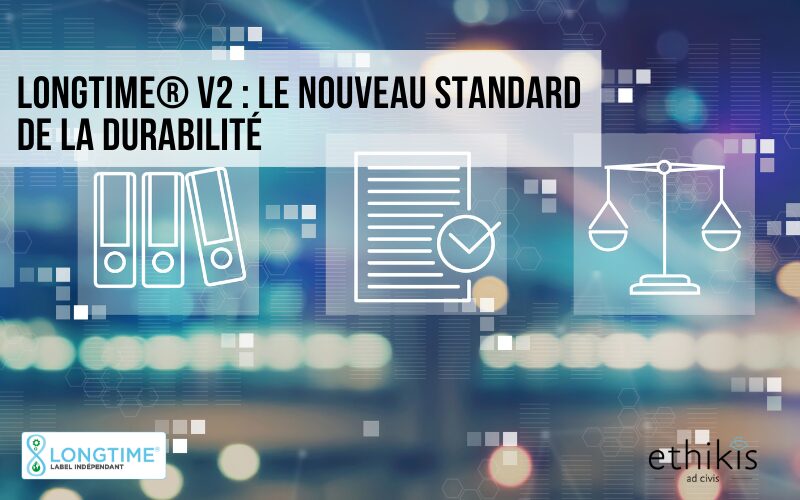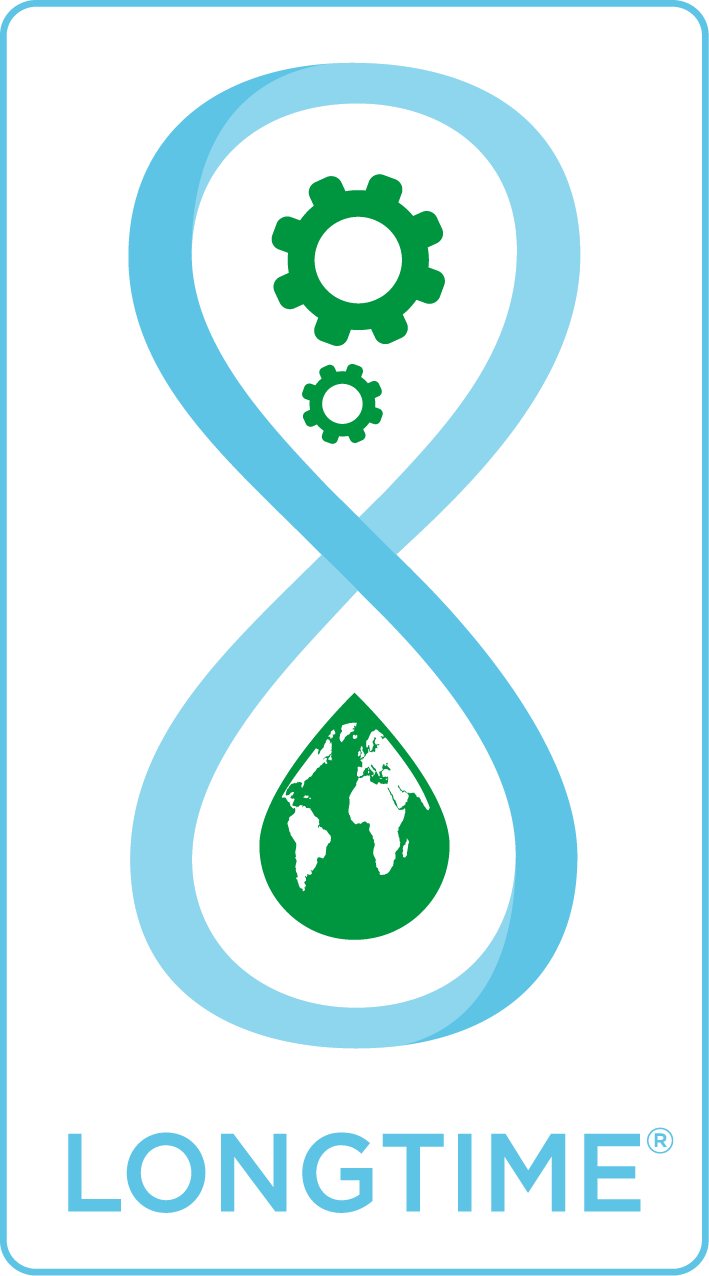
LONGTIME® V2: The new standard in durability
LONGTIME® takes a major step forward in its commitment to sustainable and responsible consumption with the release of version 2 of its certification framework. Redesigned and enhanced, this new framework introduces even more demanding criteria for reliability and repairability, while incorporating effective requirements targeting the most significant phases of the product life cycle. The goal remains unchanged: to support and promote manufacturers in bringing to market products that are reliable, repairable, and environmentally respectful.
What’s new in LONGTIME® V2 ?
LONGTIME® V2 marks a major development in the certification of durable products. With a broader and more systemic approach, this updated framework introduces more precise criteria and a refined methodology to address challenges related to reliability, repairability, and technological innovation—positioning itself as the benchmark ecolabel for product durability. Here are the main changes introduced in this new version.
Reliability studies, a strengthened methodological framework
LONGTIME® V2 is based on tried-and-tested methodologies and standards such as EN 45552, the recent work of PROMPT (Premature Obsolescence Multi-stakeholder Product Testing Programme), and the FIDES guide initially used in the aerospace and electronics industries to assess product robustness.
These standards are used to analyse resistance to stress under real-life conditions: humidity, heat, UV rays, shocks, vibrations and mechanical wear, guaranteeing reliable products designed to last.
In order to perfect the study of reliability, the V2 standard emphasises the verification of manufacturing processes and the quality control of the supply chain.
Incorporation of the EN45554 European standard for assessing reparability
To assess product repairability, LONGTIME® V2 now draws on the European standard EN 45554. This updated framework offers a detailed analysis of repair from both a technical and structural perspective, with requirements that go beyond those set out in EN 45554. There is no question of dropping key indicators—criteria such as spare part pricing remain a cornerstone of the label.
The new structure makes it easier to read the repairability criteria in the standard. In this way, the V2 standard continues to challenge all parts of the product.
Criteria extended to the product life cycle
With LONGTIME® V2, certification extends well beyond reliability and repairability to include essential dimensions such as lifecycle management.
This framework helps manufacturers to design equipment that is not only adapted to consumer expectations, but also takes into account all the significant phases of the life cycle, so as to better integrate current environmental issues. A product that lasts a long time but offers mediocre environmental performance would make no sense at all.
LONGTIME V2 , changes for manufacturers.
Fewer criteria, but more requirements!
The V2 standard now includes 38 criteria , compared with 41 in the first version. This reduction can be explained by the fact that certain criteria were insufficiently robust in terms of mode of proof.
This makes the V2 standard more robust and allows criteria that do not provide sufficient added value to be removed from the standard.
New hierarchy of criteria for a more demanding assessment
With its 38 criteria, the V2 framework moves away from the previous classification system. The former Minor, Major and Critical (“KO”) criteria are now replaced by two new categories: T0 and T1. This new system ensures a consistently high level of quality.
T0 criterion
The majority of the criteria—25 out of 38—are classified as T0 and must be met on the day of the audit. No corrective actions are permitted for these. T0 criteria allow manufacturers to stand out immediately by offering high-quality products. For consumers, this is a guarantee that LONGTIME®-labelled products meet demanding standards from the outset, with no compromises.
T1 criterion
Of the 13 remaining T1 criteria, the manufacturer will have the option of a maximum 1-year compliance period for a very limited number of criteria (30% of T1 criteria ).
Consultation process and expert committee
ond the framework itself, this second version now includes a more advanced and transparent consultation process. In addition to the existing multi-stakeholder review, a draft version of the framework is now made publicly available for consultation before being finalised. Efforts are made to invite federations, associations, and users to provide feedback on the framework.
In addition, an expert and ethics committee has been set up to provide an informed, objective opinion on any questions or changes to the label.
Conclusion :
In line with the European GreenClaim directive, the V2 standard, LONGTIME® marks a further step towards a consumer society where sustainability is at the heart of every decision. We invite manufacturers and consumers to discover this major step forward on our website.
Don’t hesitate to use our self-diagnosis tool to quickly and easily assess your products’ compliance with sustainability criteria. Click here to access the self-diagnostic tool.
